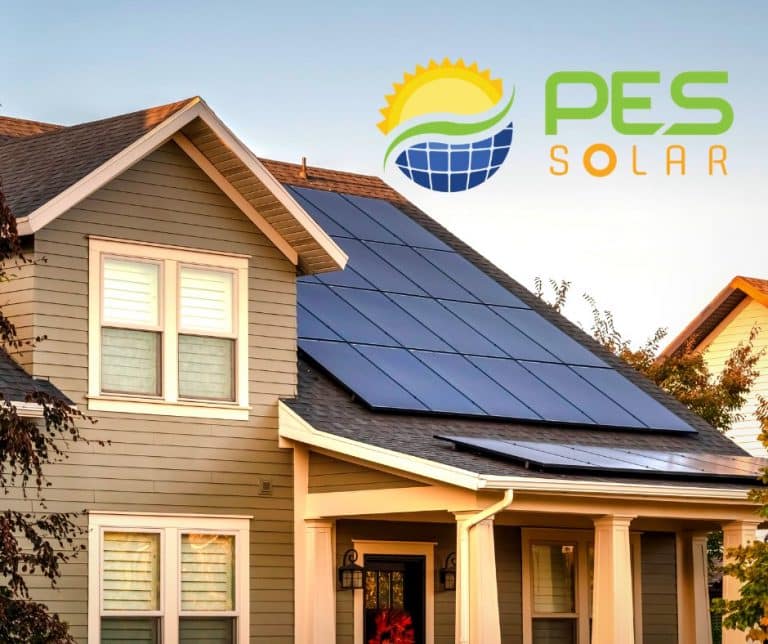Rapid shutdown is a safety regulation put forth by the National Electrical Code (NEC) requiring solar panels to have switches for cutting off electricity running through your system. Rapid shutdown reduces the voltage of electrical conductors found in wires and cables, protecting your home from quickly catching fire.
Additionally, it protects first responders such as firefighters by enabling them to quickly cut off power in the conductors, making it safe to access the area near your system.
Rapid shutdown for solar systems is only applicable to solar systems mounted on a rooftop. If you are interested in installing solar energy in your home, look no further. Get the best solar panel installation in Orlando from PES Solar and enjoy ideal solar energy panels.
Is Rapid Shutdown Required in All States?
Most states have rapid shutdown requirements. The requirements are, however, based on the code in effect. Every three years, NEC releases safety electrical system requirements, and the states adopt the regulations at their own time and discretion.
If you live in a state enforcing NEC 2014 or NEC 2017, your solar system must follow the NEC rapid shutdown requirements for approval. According to NEC 2014, conductors above ten feet from a solar system must be brought down to 30 volts and 240 amperes ten seconds after launching the rapid shutdown switch.
NEC 2017, on the other hand, requires conductors above one foot to be de-energized and reduced to 80 volts 30 seconds after initiating the rapid shutdown inside the solar array boundary. Voltage measurements are taken between two conductors and between the conductors and the ground. For conductors outside the solar array boundaries, voltage measurements should not exceed 30 volts 30 seconds after starting the rapid shutdown system.
Does Your Inverter Have Rapid Shutdown Capabilities?
Some inverters have rapid shutdown capabilities, while others require additional components to facilitate rapid shutdown. The standard inverters in the United States are microinverter and power optimizer systems. Both have rapid shutdown capabilities.
How to Install a Rapid Shutdown Switch
The first step toward installing a solar power system and ensuring it meets the set safety and electrical codes is looking for a qualified installer. Experienced installers have the expertise to design your solar array in compliance with the rapid shutdown requirements for your state.
If you plan to make changes to a solar panel you installed before your state implemented NEC 2014 or NEC 2017, you must upgrade it to the recent NEC regulations before inspection. Upgrading involves installing a rapid shutdown system.
Reliable Solar Panel Installation in Orlando
A rapid shutdown for solar systems is vital for every household. A rapid shutdown comes with safety benefits, such as protecting your house from fire hazards and safeguarding first responders. Having a rapid shutdown protocol will help you protect your home investment as you comply with the required safety electrical codes.
There are several energy sources to choose from today. These include solar panels and generators. Having options to choose from is essential to avoid inconveniences during emergencies. To better understand the various available options, learn more about solar panels vs. generators here.
PES solar has a team of professionals with over 20 years of experience in module-level power electronics. We use our expertise to help you get the best devices to boost your solar energy system. Contact PES Solar at (800) 650-6519 to inquire about our services.

